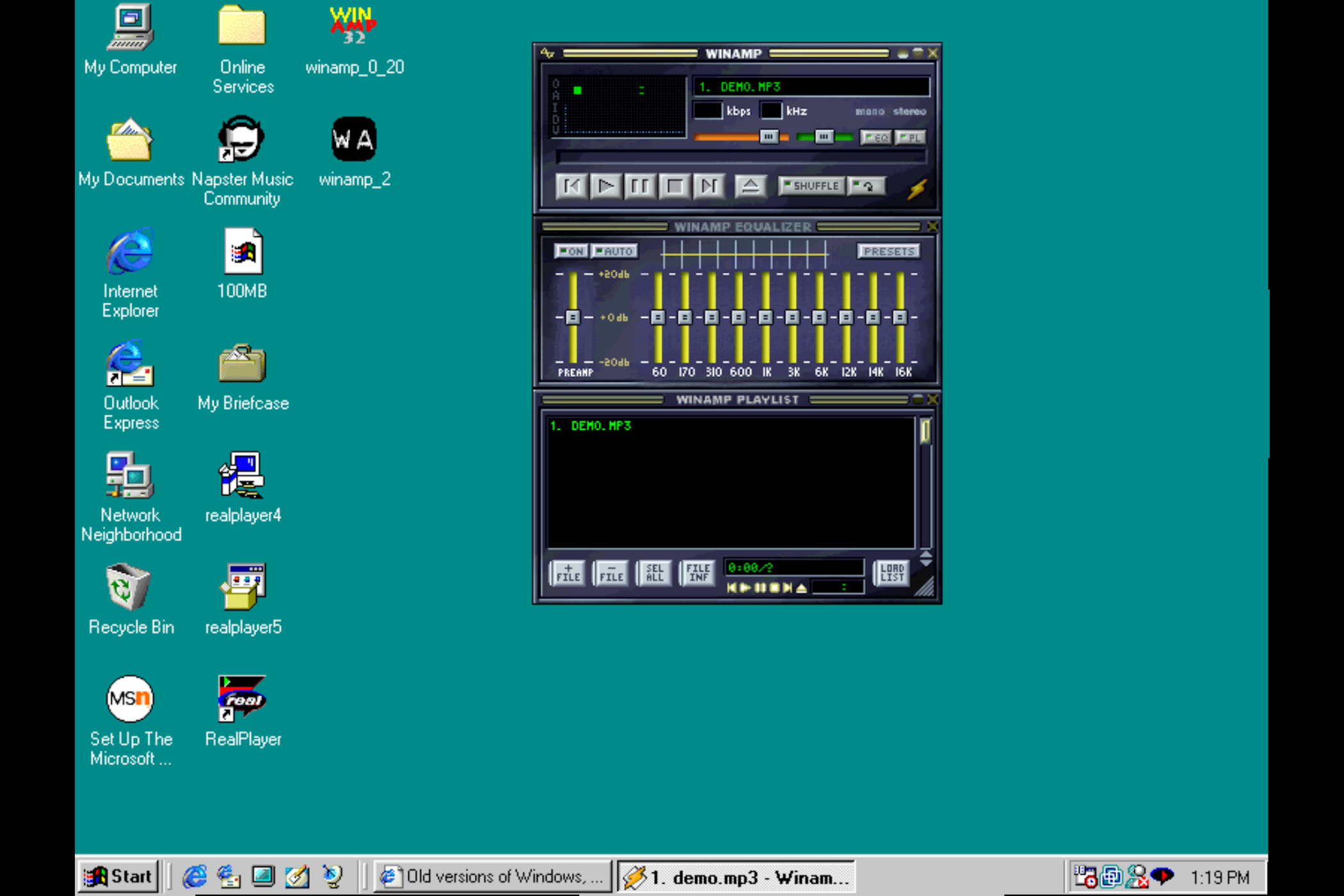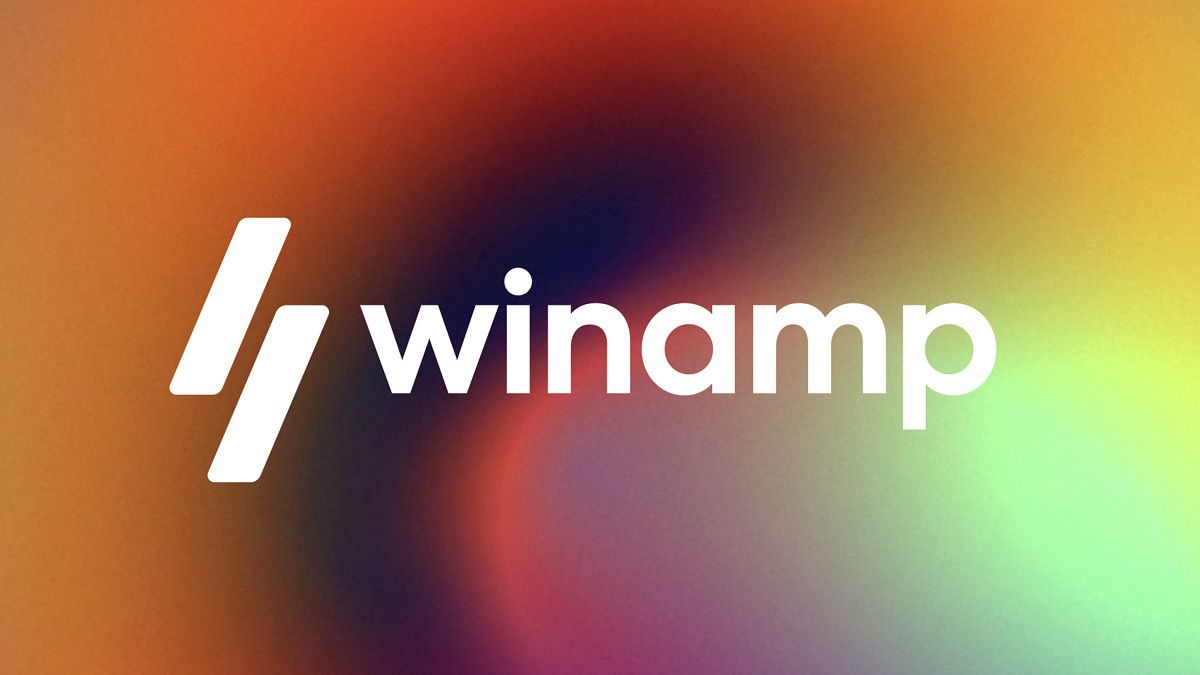Key Takeaways
- Winamp going open-source on September 24th, 2024, when you can download and tweak the source code to create your own features.
- CEO Alexandre Saboundjian aims to spark user creativity and build new mobile players while honoring existing users.
- With media giants like Spotify dominating the market, Winamp’s decision to go open source may lead to exciting new innovations.
If you’re anything like me, you fell in love with Winamp in the 2000s and never found a music player with that same look and feel to it. But time moves on, and while Winamp is still around today, people are using it less and less. Now, the company behind Winamp has announced that it’s going open source, so it’s time to dig out those Limp Bizkit skins and get ready to play your best tracks from the turn of the millennium.

Lofree Block 98 review: The retro-inspired mechanical keyboard that made typing fun again
Lofree made a mechanical keyboard that’ll remind you of the ones from the 1980s, and it’s more than just an art piece.
Winamp is going open-source on September 24th, 2024
As announced on the official Winamp website, all of the media player’s source code is going live on September 24th, 2024. This means that you can download the code that runs Winamp and tweak it to your heart’s content. The ultimate goal for the company behind Winamp is to spark people to develop cool new features for this once-beloved media player. As Alexandre Saboundjian, CEO of Winamp puts it:
This is a decision that will delight millions of users around the world. Our focus will be on new mobile players and other platforms. We will be releasing a new mobile player at the beginning of July. Still, we don’t want to forget the tens of millions of users who use the software on Windows and will benefit from thousands of developers’ experience and creativity. Winamp will remain the owner of the software and will decide on the innovations made in the official version.
So, why open source, and why now? Given how Winamp went through a “re-imagining” back in 2021, there’s a chance that it didn’t have the impact that the company hoped it would have. And to be fair, it’s a tough market; with media giants like Spotify offering libraries of music with their own player, the need for a third-party app has likely dwindled over time. Now that Winamp is going open source, who knows what crazy new features people will add to it?









:max_bytes(150000):strip_icc()/roundup-writereditor-loved-deals-tout-f5de51f85de145b2b1eb99cdb7b6cb84.jpg)


